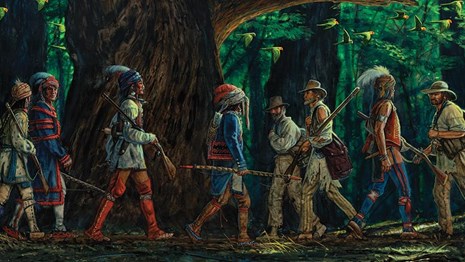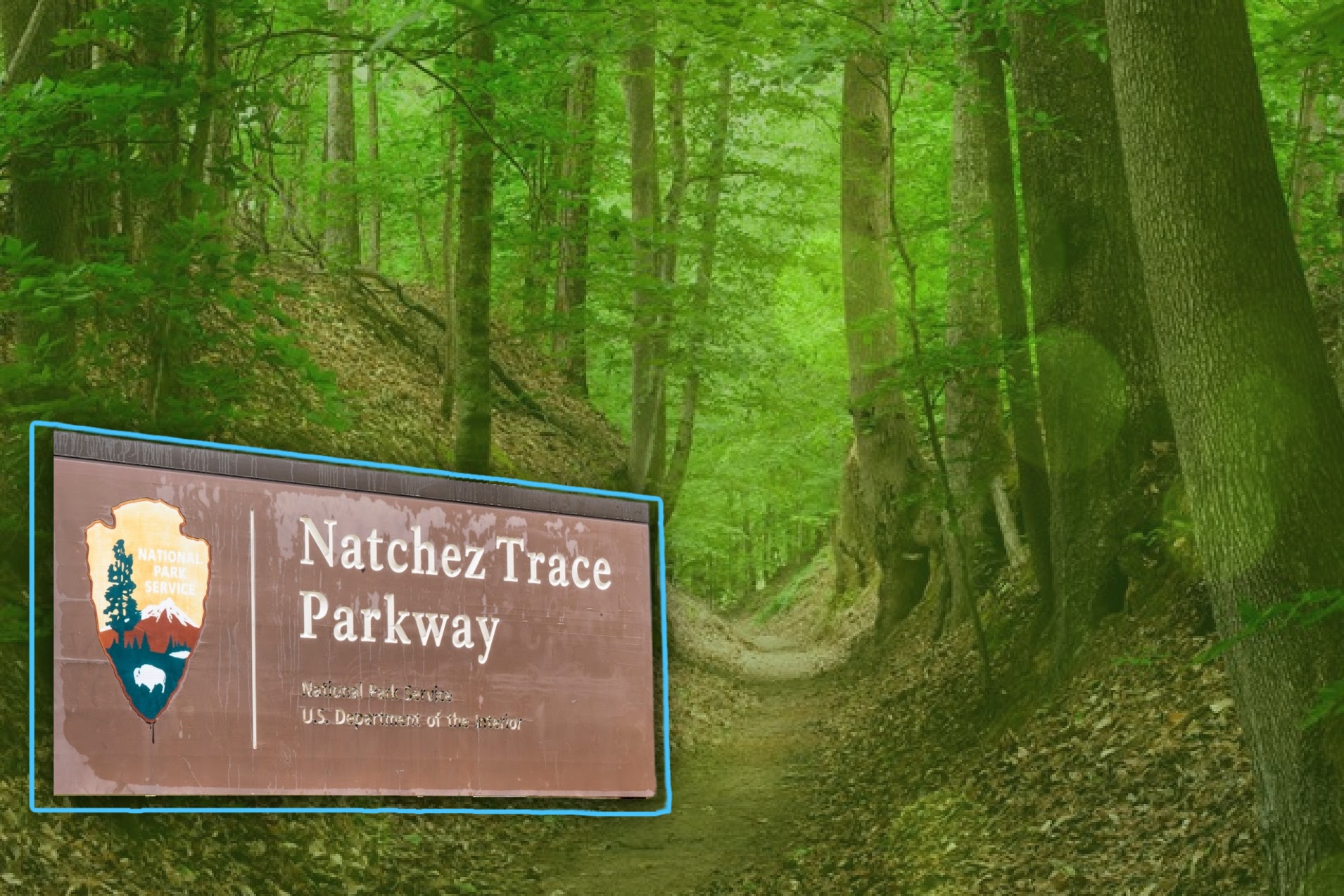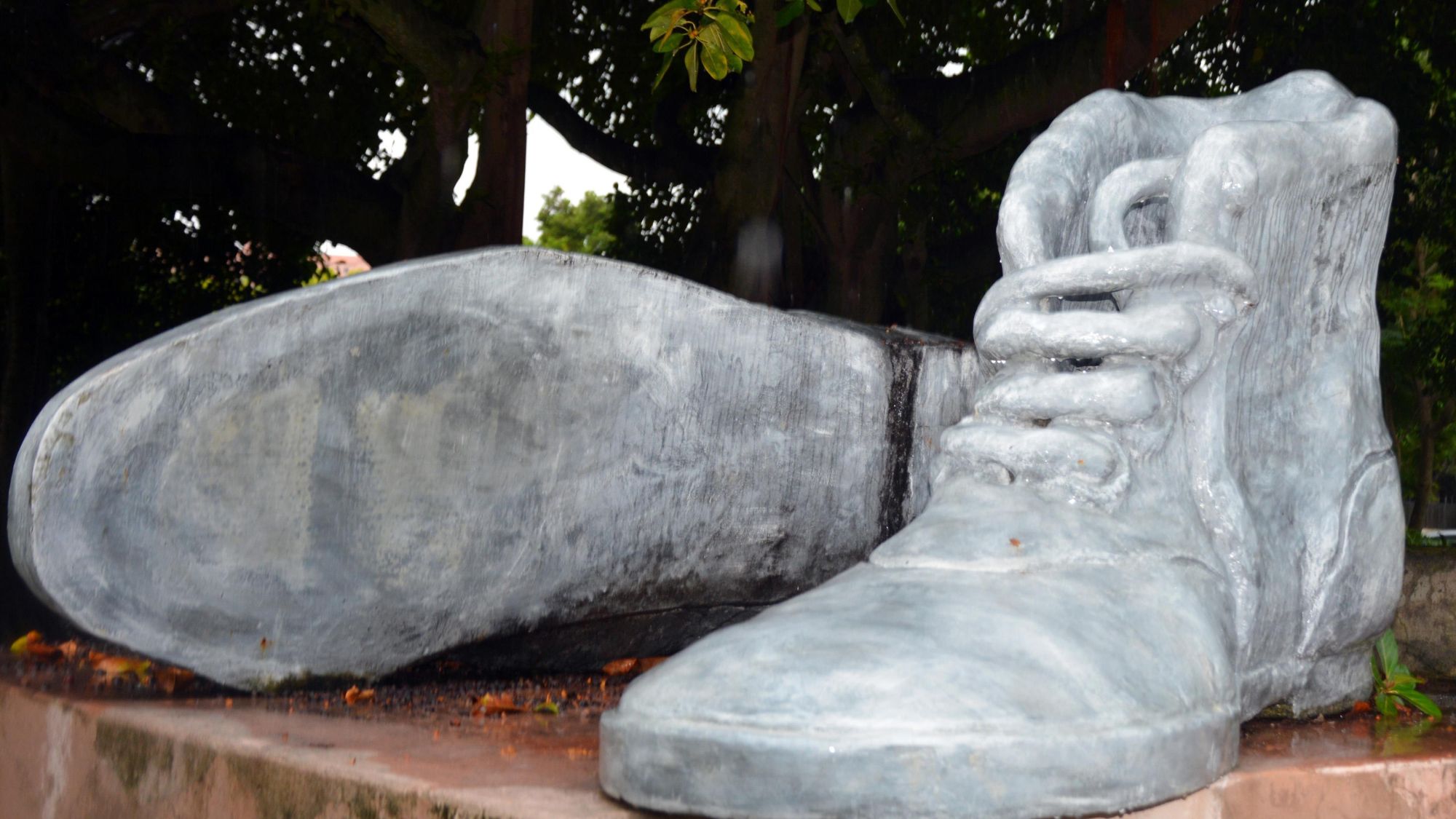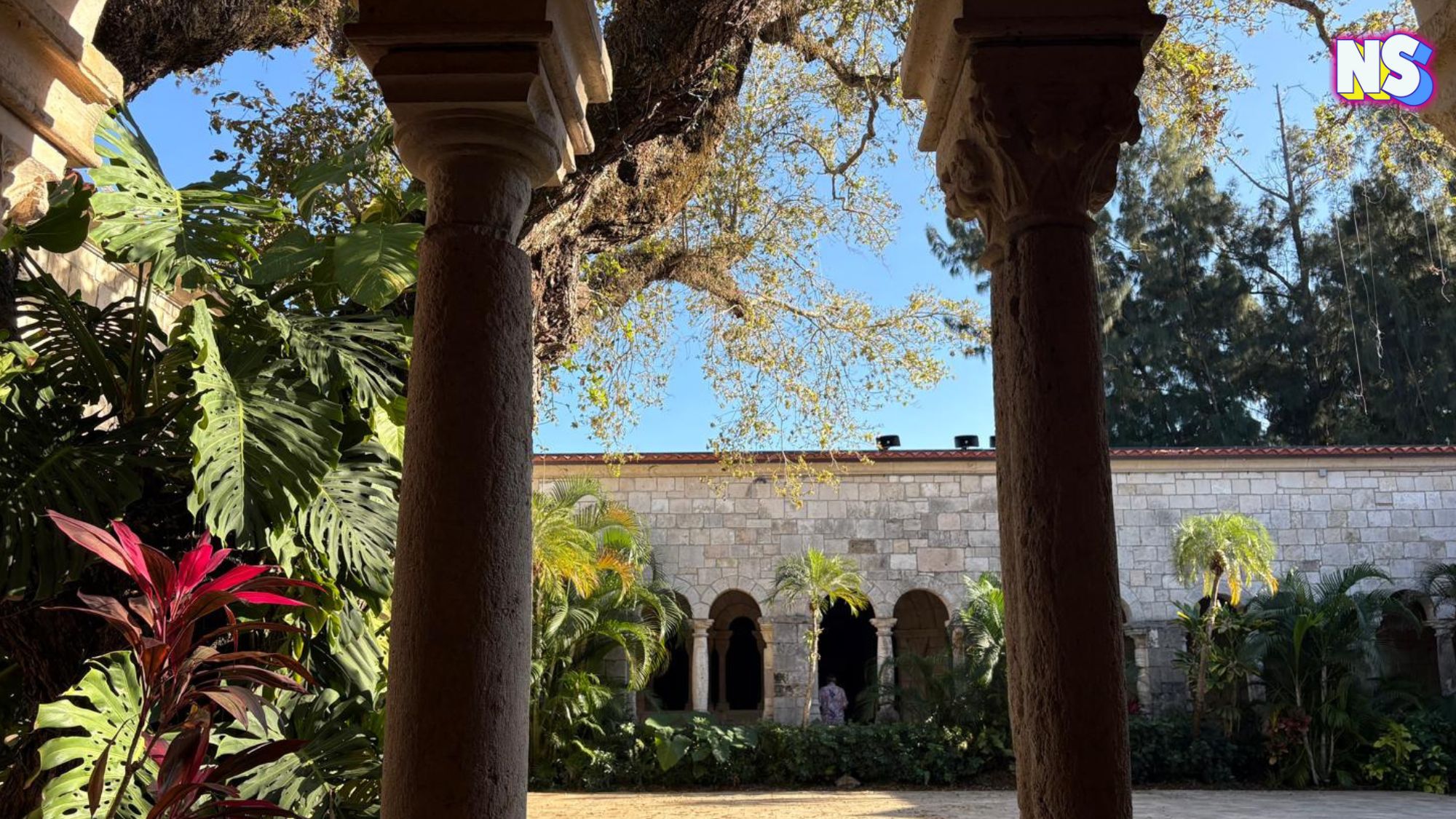Image courtesy of Nuestro Stories.
Between Natchez, Mississippi, and Nashville, Tennessee lies a 444-mile trail that at one time connected the original Chickasaw, Natchez, and Choctaw tribes. It wasn’t until 1540 that Hernando de Soto and his Spanish expedition became the first Europeans to use the Trace as they made their way to the Southwest. Spending the winter in the land now known as Tupelo, where they first encountered the Indigenous tribes of the area.

The land remained mostly untouched by European colonists until the 1730s when Europeans began using the Trace as a major trade route while their colonizer settlements began to expand.
It would still be another hundred years before the Choctaw and Chicksaw were forced from their land after an 1830 treaty known as the Indian Removal Act was issued by the U.S government.
The Indian Removal Act was signed into law by then-President Andrew Jackson (you know, the guy still currently residing on the $20 dollar bill.)
The law stated that President Jackson had the power to “negotiate” with southern Indigenous tribes for their immediate removal and relocation from their lands in exchange for white colonizers taking over the ancestral lands of what the U.S. government called the Five Civilized Tribes — the Cherokee, the Chickasaw, the Choctaw, The Creek (Muscogee) and the Seminole.
While a few tribes peacefully agreed, most refused.
Led by the Cherokee resistance, they attempted to stave off the colonizer’s take-over but were outgunned by leaps and bounds. From there tens of thousands of Indigenous men, women, and children were forced to march west to the land now known as Oklahoma.
The forced walk, where hundreds of Indigenous died along the way, is now known as the Trail of Tears, and it started at the Natchez Trace.
Fun facts:
- The Natchez Trace is a 444 stretch of recreational road that can be driven through three separate states.
- It’s believed the Trace was originally formed by bison.
- You won’t see a single 18-wheeler, dump truck, or any other commercial vehicle.
- Some of the historical sites on the Trace are thousands of years old.
Things to Know Before You Go:
- There are three campgrounds located along the Natchez Trace stretch.
- There are also scenic walks that can be accessed along with various spots along the Trace.
- You won’t find any stop signs or stoplights.
- The entire Trace is also designated as a bike route.
- If something seems a bit off when you’re driving, it’s probably the lack of advertisements.
- Visit the National Park Service website here to find out the best way to plan your trip.
Location: Tennessee and Mississippi, United States.
Google View 360: Cross this majestic path here.





